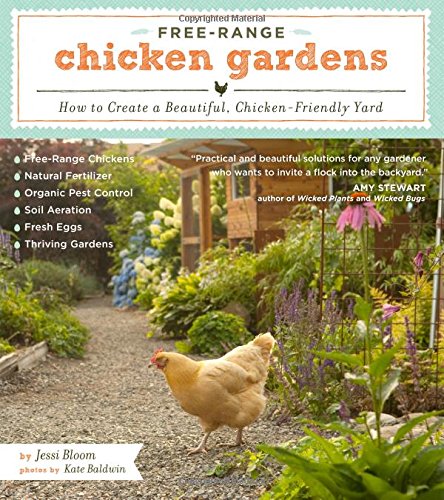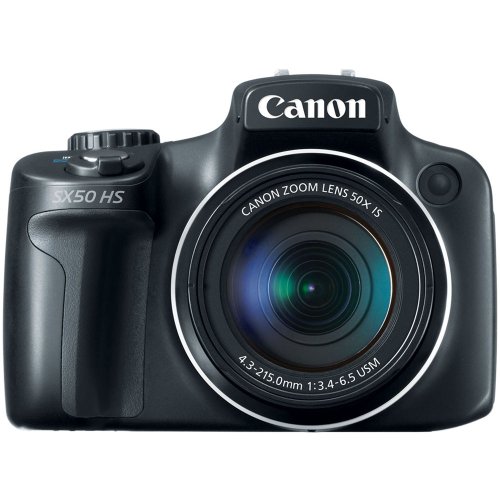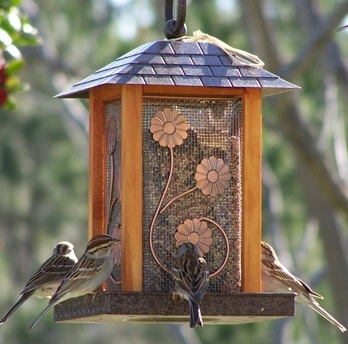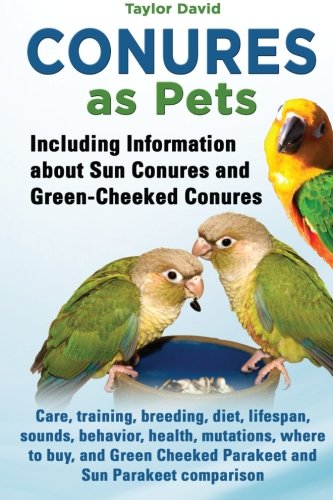
Feeding birds is a popular activity and there is no doubt it is beneficial especially at times when natural food becomes scarce such as late in the winter before the food bounty that comes with the returning Spring. However, feeding the wrong foods or poor maintenance of your feeders and feed stations can actually do more harm than good. Here are five tips to keep your feeders in top condition over the coming winter months.
Positioning your feeders in the correct place will have a big effect on the birds that visit it. If birds feel that a feeder is not safe they will be reluctant to use it as frequently as a safe, convenient well positioned one. In general, feeders in quiet areas away from play areas, roads and thoroughfares will be more popular with birds. Where possible locate feeders about 10 to 12 feet from natural cover such as hedges, bushes and trees. This will give the birds somewhere to bolt to if a predator arrives but will also be far enough away from potential lurking places for cats. Ideally the feeders should be placed in a location that also benefits the bird watcher with good views but without constantly disturbing the feeding activities.
 Credit: Verdant Wildlife
Credit: Verdant Wildlife
Different birds are adapted to eating different foods so by providing a variety of foods you will increase the variety of birds that visit the feeders.
Seed mixes are the most popular type of bird food available. They provide a variety of different seeds which cater for many different bird types. Try and avoid seed mixes which contain a high proportion of wheat, split peas, lentils or dried rice as these tend to be cheaper and used to bulk out the feed. Most small birds will avoid them and leave them on the floor under the feeders where they can become mouldy and stale. Some larger birds such as doves, pigeons, pheasants will eat the grains and pulses.
Nyger (or Niger) seed are small, black seeds which are oil-rich and need a specialist feeder to prevent the small seeds falling through. They are very popular with smaller members of the finch family such as siskins, redpolls and goldfinch.
Peanuts are rich in fat and so provide good levels of energy, perfect for cold days. Never use salted or dry roasted peanuts as the salt levels are too high and be sure to buy your peanuts from a reputable source as sub-standard peanuts can be high in aflatoxin which is fatal to birds. Peanuts are enjoyed by tits, sparrows, woodpeckers and greenfinches but wren, robin, nuthatch and dunnock will also eat them.
Black sunflower seeds are a good all round bird food, high in oils which offer good energy values. Lots of birds remove the black husks which can accumulate on the ground beneath the feeders so if you prefer less mess go for the sunflower kernels instead.
Fat balls, fat cakes and other fat-based food bars are very high in energy making them excellent winter foods. Suet or lard can be used to make your own bird cakes when incorporated with seed in a one part fat to two parts seed ratio. Other items such as mealworms, raisins, nuts and oatmeal (uncooked) can also be added to the mixture.
Live or dried foods such as mealworms and waxworms will be taken by robins, wrens and pied wagtails but they are quite expensive in comparison with some of the other food stuffs available.
Some foods are harmful to birds and should be avoided. Cooking fats, milk, polyunsaturated fats and vegetable oil are bad for birds and can cause upset stomachs and even death. However, mild cheese can be digested by birds. Fresh coconut is also fine but desiccated coconut can swell inside a bird’s stomach.
Any mouldy or stale food should be removed from feeding areas to help prevent the spread of infections and disease.
This may sound like common sense but it is very important. Once the birds find your feeders they will come to rely on them at least in part and build them into their daily foraging routines. Also when natural food is depleted they will also use your feeders as a guaranteed food stop. Therefore it is vitally important that you keep your feeders topped up, otherwise the birds will use valuable energy coming to visit them for no return.
Hygiene is an often neglected part of feeding birds. When large numbers of birds flock together there is a greater chance of disease spreading between them. Most diseases are spread through bird droppings which can mix with the food and cause infection.
Use a 5% disinfectant solution or hot water with washing up liquid to clean your feeders regularly and prevent mould and droppings building up on them. Wash your feeders outside using separate cleaning utensils and wear rubber gloves to avoid the spread of zoonotic diseases.
If you find that waste food or droppings are accumulating beneath your feeders then it is adviseable to move them to another area for a while until the area recovers. By carefully monitoring your food supply you will be able to see if the seed in the feeders is taking too long to be eaten. Evidence of this may be mould appearing on the food or seeds beginning to germinate. If this happens reduce the amount of feed you are providing so that the turnover of food is quicker.
Water is essential to birds and is often neglected in gardens. If you have natural sources of water such as a pond then place stones in a shallow area to allow the birds to perch, drink and bathe. If you are providing water then a bird bath is a good idea but cheaper options like a large shallow bowl or plant saucer will do equally well. In very cold weather make sure the water does not freeze or the birds will not be able to get access to it. Water should be refreshed daily and any droppings cleaned out, especially during warmer weather.
 The Hamburg Chicken
Poultry BreedsThe Hamburg Ch
The Hamburg Chicken
Poultry BreedsThe Hamburg Ch
 Bird Watching: Beautiful Birds Seen in Western Australia
Collection of Beautiful Bird
Bird Watching: Beautiful Birds Seen in Western Australia
Collection of Beautiful Bird
 How to Make a Wooden Bird House Pole System
How to Make a Wooden Bird House Pole System
How to Make a Wooden Bird House Pole System
How to Make a Wooden Bird House Pole System
 The Green Cheek Conure as a Pet
I’ve owned birds for a
The Green Cheek Conure as a Pet
I’ve owned birds for a
 Brinsea Spot Check Thermometer
Highly Accurate Digital Spot
Brinsea Spot Check Thermometer
Highly Accurate Digital Spot
Copyright © 2005-2016 Pet Information All Rights Reserved
Contact us: www162date@outlook.com